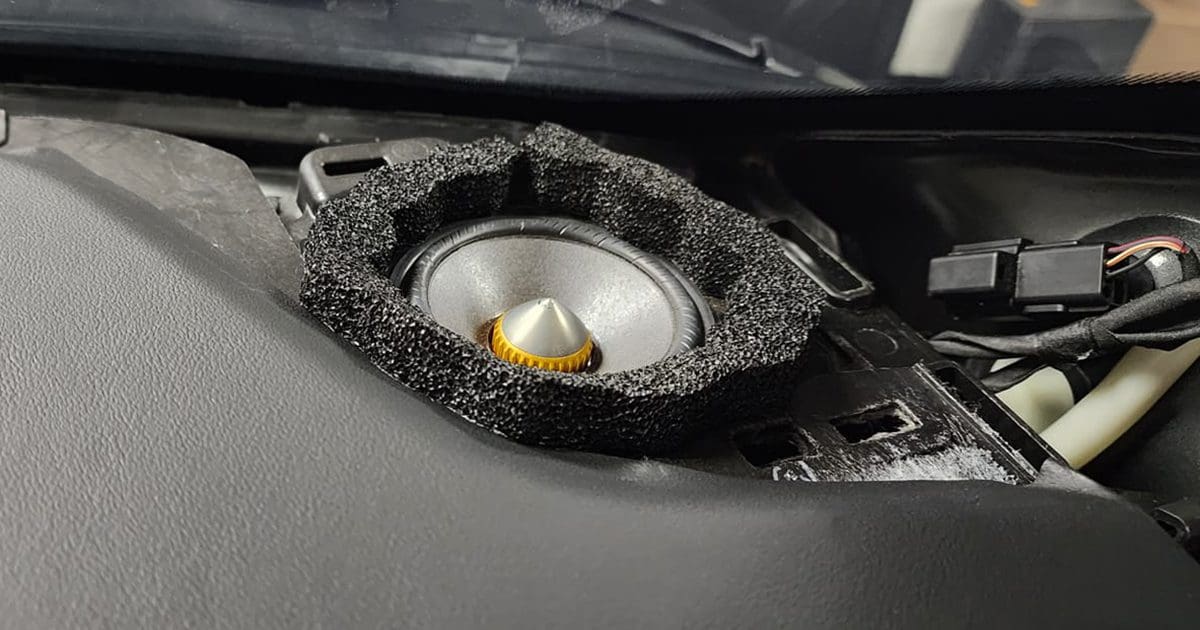Many new cars, trucks and SUVs come with small speakers in the dash that accompany a larger woofer in the door. These small speakers, often called “middlers,” are tasked with handling frequencies from a few hundred hertz to the upper limits of human hearing. For over a decade, we’ve seen car audio system upgrades replacing the door and dash speakers with a component set that includes woofers and tweeters. Does a midrange and tweeter component set offer the best performance possible? Let’s look at some considerations in choosing the right upgrade for your car stereo system.
Sound Source Considerations
The long-standing reference for car audio systems is to have your music appear to come from the dash or windshield. This presentation is similar to what you’d experience in a two-channel home audio system with the speakers in front of you against the wall. A factory-installed sound system that uses small midrange drivers in the dash can typically do a good job of placing the vocals out in front of you and up high. In this context, the term “high” would mean that the sound would appear to come from a source that is around ear level and not down low on the dash around your knees.
If your audio system uses midrange speakers in the doors and tweeters with relatively small diameters, the soundstage is likely to move rearward in the vehicle. As a result, the music may appear as though it was in line with the front of the dash rather than the base of the windshield. This change in soundstage position happens because most of the midrange frequencies are coming from the door speakers rather than the tweeters.
Sound Dispersion and Frequency Response
Another consideration in selecting speakers in an audio system is frequency response and how sounds from each driver are dispersed throughout the listening area. All speakers experience a phenomenon called directivity. At low frequencies relative to the speaker’s diameter, sound radiates in all directions from the driver. As frequencies increase, the sound becomes more directional, and the speaker behaves more like a flashlight than a candle. For a typical 6.5-inch midrange speaker, our testing shows that they deliver pretty even sound dispersion up to about 900 hertz. From there, the farther you are off-axis to the driver, the higher frequencies are attenuated. Suppose your speaker system includes a passive crossover network that filters the midrange and the tweeter at 3 to 4 kHz. In that case, you may experience a significant dip in frequency response between 1 and 2 kHz if you are off-axis to the midrange.
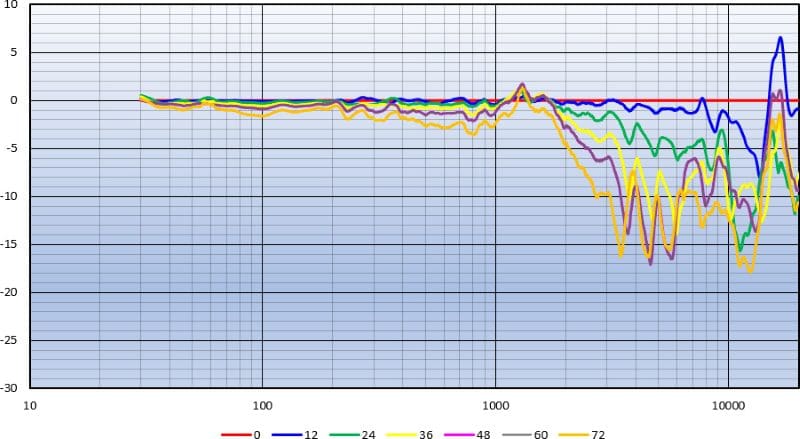
The concept of directivity is also a concern for a small midrange driver in the dash. However, if it’s mounted in the factory location pointed up at the windshield, the sound it produces will bounce off the windshield and effectively “spray” through the vehicle’s interior. This is why small midrange drivers can deliver reasonable high-frequency output, even though we typically listen to them at extreme off-axis angles.
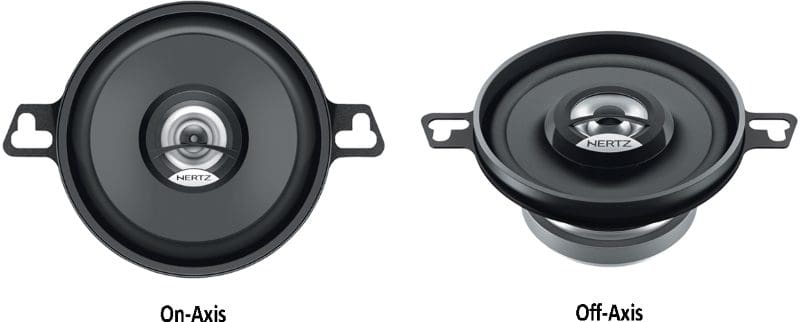
Upgrade Options for Dash Speaker Locations
If you want a two-way speaker system with a tweeter, look for a solution with a low crossover point. A good example would be the Hertz ML 280.3 tweeter with a resonant frequency (Fs) of 900 Hz or the Audison Voce AV 1.1 tweeter with a resonant frequency of 1 kHz. Any tweeter with an Fs specification close to or below about 1.25 kHz will be a good solution for systems that use a 6.5-inch or 6×9 woofer.
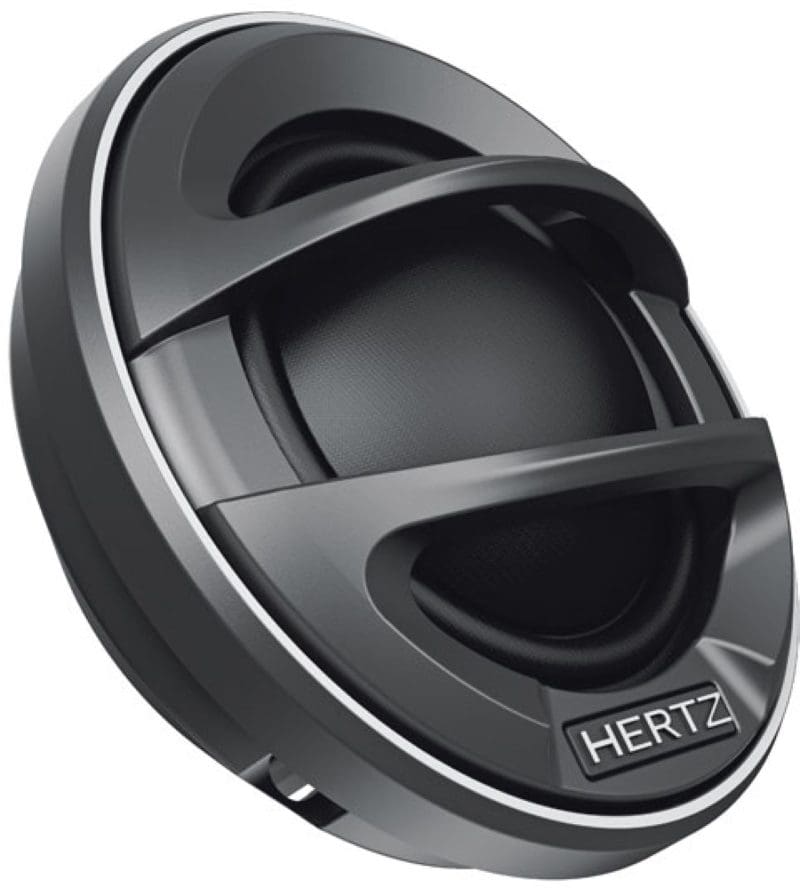
If you want to ensure that the majority of the vocals come from the base of the dash, consider using a small midrange driver. The Audison Prima AP 2 MV is a good solution for this. Your installer will want to make sure that the driver can fit in the dash and that the surround and cone won’t run into the grille. You will also want to ensure that the driver includes distortion-reducing technologies like a shorting ring or a copper pole piece sleeve to help extend high-frequency response.
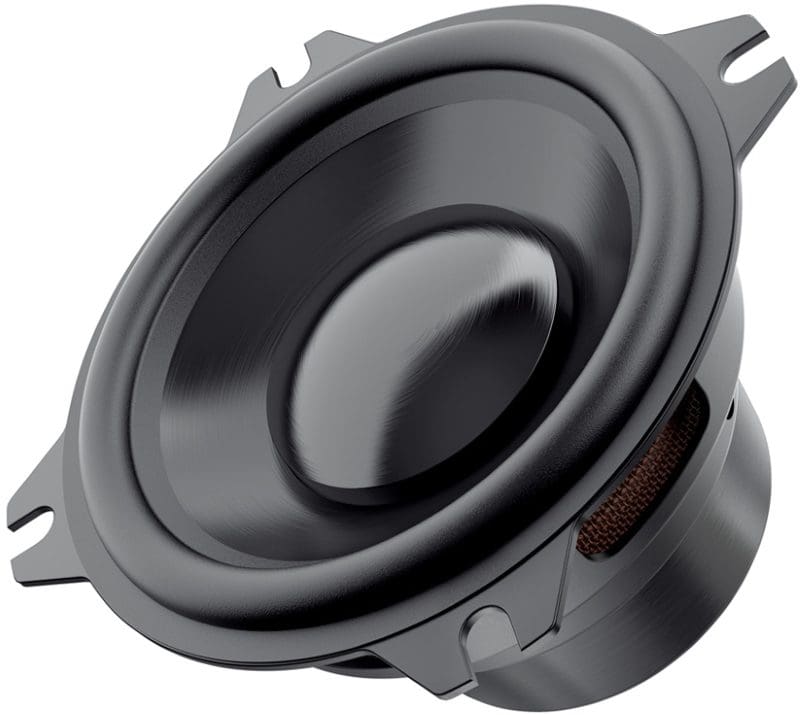
Perhaps the best solution is to move to a three-way speaker set. Your installer can mount the woofer in the door and the midrange on the dash and add tweeters to the sail panels or A-pillars so they are on-axis to the listening position. Systems like the Sony XS-163ES are a great drop-in solution. The product specialist you work with can also piece together component woofers, midrange drivers and tweeters like the ARC Audio RS, Audison Prima or Hertz Mille series.

Yet another option is to use a coaxial driver in the dash and a woofer in the door. Rockford Fosgate’s Prime and Punch series include 3.5-inch coaxial drivers, as does the Hertz Dieci series.
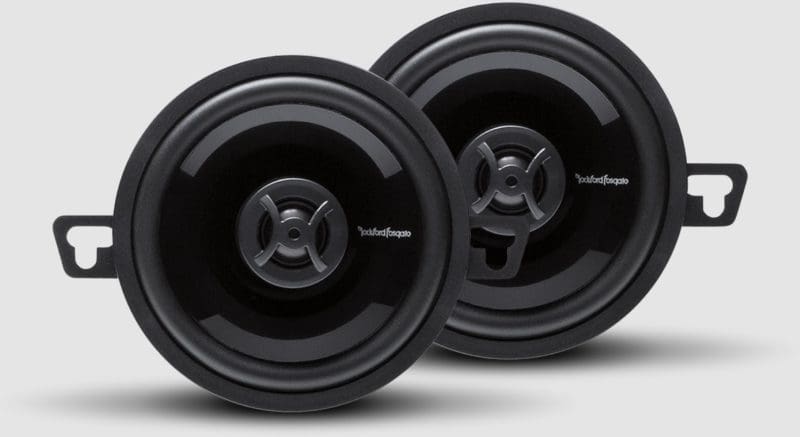
The exact choice of midrange driver compatible with your dash depends on the available space. Talk with the product specialist at a local specialty mobile enhancement retailer about the best solution for upgrading the sound in your vehicle. In most cases, you’ll want to use a midrange dash speaker instead of a tweeter, assuming there is space.
